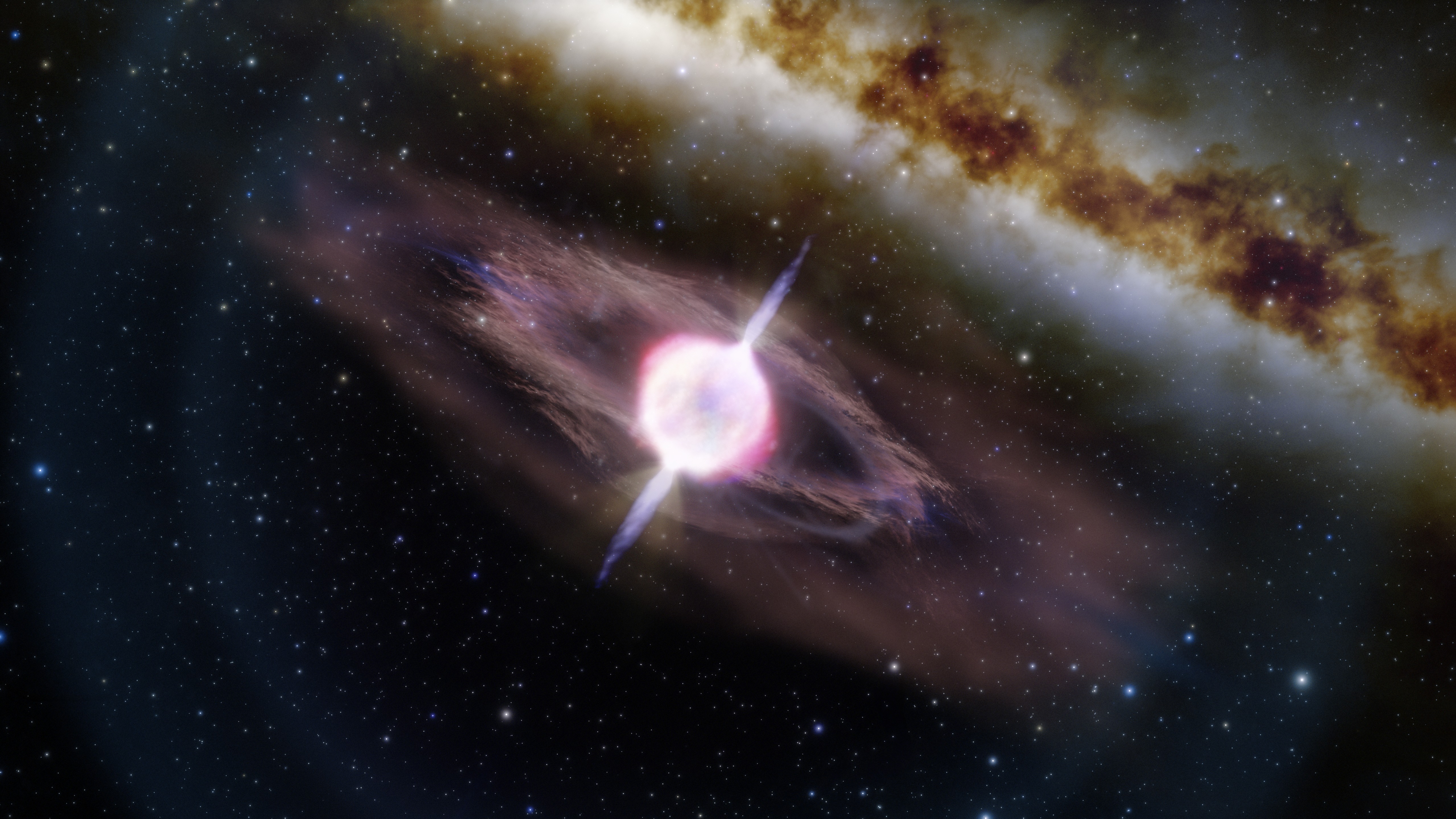A team of astronomers using the Gemini South telescope, one half of the International Gemini Observatory operated by NSF’s NOIRLab, have observed the ‘brightest of all time’ long gamma-ray burst. Using the Gemini South Multi-Object Spectrograph (GMOS), the team found that although GRB 221009A exhibits a jet structure as rare as it is bright, its associated supernova is surprisingly ordinary.

